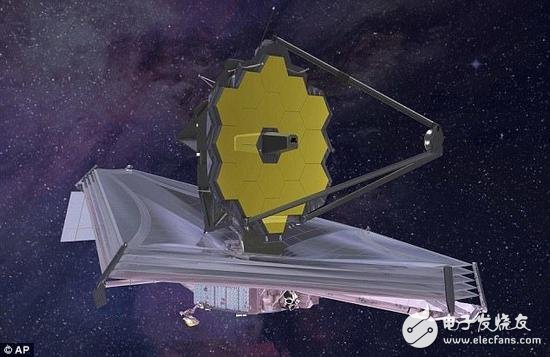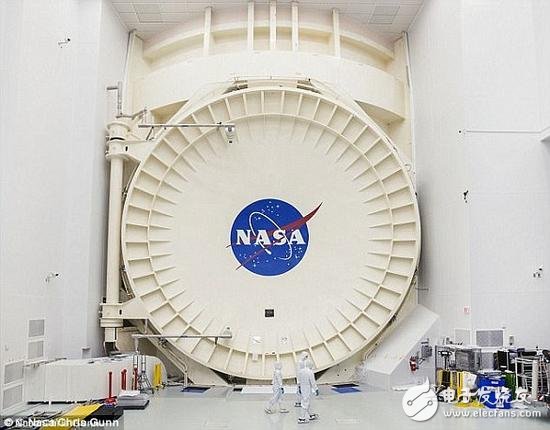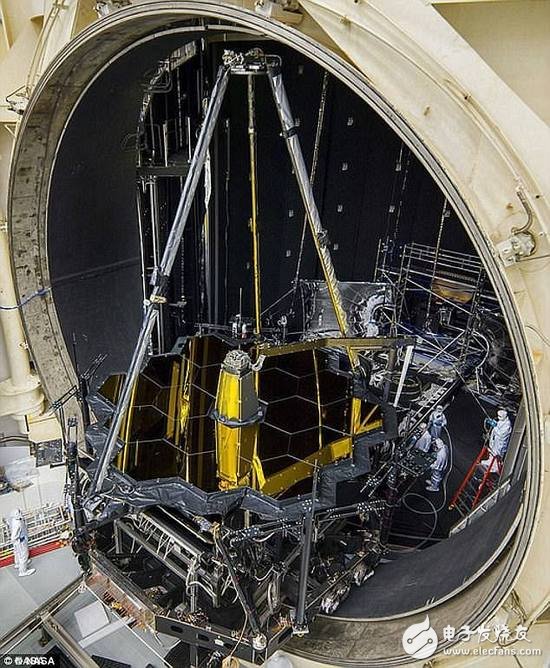Space Telescope James Weber launches postponed until 2020
According to recent reports from foreign media, NASA has officially announced that the James Webb Space Telescope (JWST) will now be launched in 2020, marking a further delay from its original schedule. The telescope, which is set to replace the Hubble Space Telescope, was initially planned for launch this year but has faced several setbacks. NASA previously delayed the launch to 2019, and now it's been pushed back again to 2020.
So far, the project has already cost over $7 billion, with officials stating that more time is needed for assembly and testing of the complex instrument.
The James Webb Space Telescope, often referred to as the "time machine" of space exploration, is expected to revolutionize our understanding of the universe. It will help scientists study the formation of the first galaxies, the origins of planetary systems, and even search for signs of life beyond Earth. With its advanced infrared capabilities, the telescope is designed to peer deeper into space than ever before.

NASA and the European Space Agency are collaborating to finalize the new launch date. Once confirmed, the agency will reassess the total cost of the mission, which may exceed the $8 billion budget set by Congress. To date, NASA has invested $7 billion in the project, and the final cost could rise significantly.
In January, the telescope successfully completed a critical test in a giant vacuum chamber at the Johnson Space Center. The test involved cooling the telescope to temperatures as low as -400 degrees Fahrenheit, simulating the extreme cold of space. This process lasted 100 days, ensuring that all components function properly under such conditions.
Bill Ochs, who led the project at the time, praised the success of the test, calling it a major milestone for the JWST. He noted that the test verified the telescope’s optical performance, instrument calibration, and thermal stability, confirming that the telescope is ready for its mission.
During Hurricane Harvey, the testing continued without interruption. Engineers used thermal sensors and cameras to monitor the telescope in real-time, ensuring that all parts remained stable and functional throughout the process.
Ochs added, “After 15 years of planning, manufacturing, and extensive testing, the James Webb Space Telescope has achieved extraordinary success through the hard work of over 100 people.â€

The James Webb Space Telescope launch is now scheduled for 2020, with an investment of over $7 billion so far.
To detect faint infrared light from distant objects, the telescope must operate at extremely low temperatures—around 40 Kelvin, or about -387 degrees Fahrenheit. The telescope’s 18 gold-coated primary mirrors were also tested to ensure they are perfectly smooth and reflective, like a mirror.
Jonathan Homan, manager of the Low Temperature Test Program, emphasized the importance of the tests. “We are a team of experts across the country who can recreate deep space conditions in our labs, ensuring that the James Webb is flawless and ready to explore the farthest reaches of the universe,†he said.
He added, “I believe the James Webb will succeed because it will travel to the second Lagrange point after launch, where it will observe the origins of our solar system, other galaxies, and potentially change how we understand the cosmos.â€

Rf Connection Cables,Waterproof Sma Connector,Sma F Connector,Sma Connector Types
Dongguan Zhuoyuexin Automotive Electronics Co.,Ltd , https://www.zyx-fakra.com